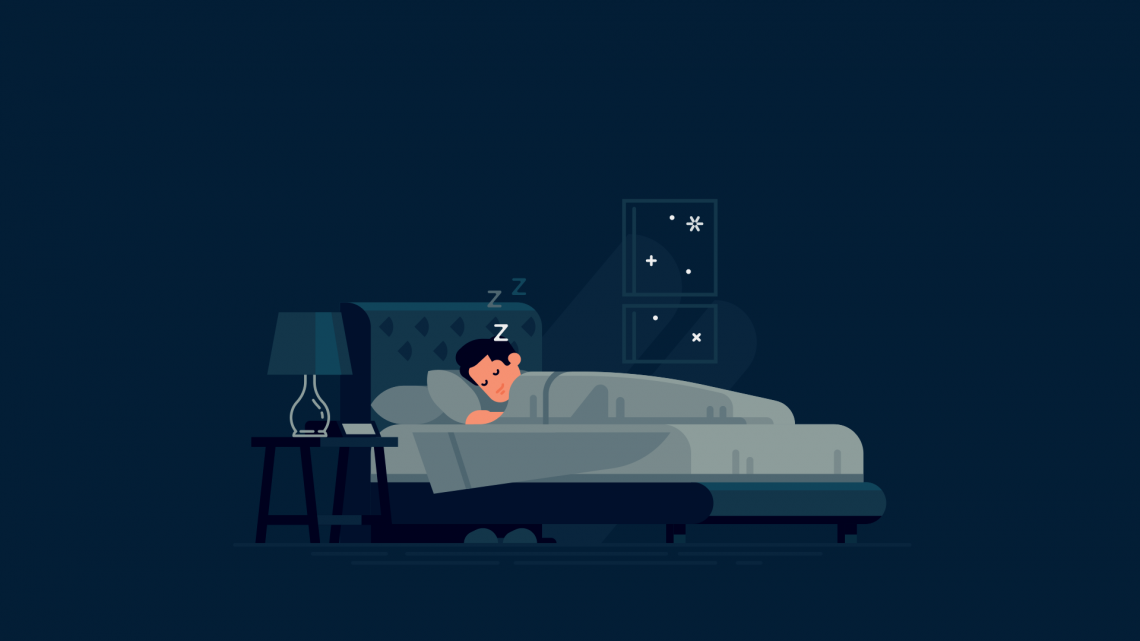Ok, so you may not have Sleep Awareness Week marked in your calendar. We understand that.
Regardless of your awareness level, when it comes to improving alertness, staying safe, managing fatigue, and maintaining health and wellbeing…It’s a lot about our sleep.
As we spread the word for healthy shiftwork, it’s a good time for Shiftwork Solutions to talk about sleep.
We tend to underestimate sleep, because it’s something we do each day and in a busy life we often take for granted. Research into sleep is contributing volumes to our understanding of topics like our biological clocks, sleep deprivation and, in our case, how designing rosters and hours of work can produce better outcomes. Sleep also affects our moods, immune system and longevity.
So how can we promote better sleep awareness in our workplaces?
You might consider:
- Making sleep the safety topic at meetings you attend, e.g. safety shares, toolbox meetings, safety committee meetings,
- Keeping a sleep diary for the next month,
- Adding fatigue as a hazard to your risk assessment criteria,
- Reviewing your current training materials and information about sleep,
- Providing new information or materials to educate workers about fatigue,
- Try the sleep challenge – adding 15-30 minutes each day to your own sleep,
- Checking in with your team leaders or shift crews, asking about their sleep (start a conversation),
- Researching more about sleep and increasing your knowledge.
It may seem like a small thing (raising sleep awareness) but it could become the start of a big and positive change.
If you need inspiration, below is an excerpt from our training information for shift workers about sleep environments (along with our permission to share this information). Sleep environments represent one aspect of sleep, but it can be a good place to start.
Thank you in advance for helping raise awareness about the importance of sleep.
Sleep Environment
There are three key factors to a good sleep environment. You want your sleep environment to mimic night-time conditions which means you want:
- Dark,
- Quiet and
- Cool conditions.
Producing a dark environment may require more than just curtains on your windows. Sometimes the small amount of light that comes in can wake us up. Try using film or foil on the windows to block out all light. Another option would be to use comfortable patches to cover your eyes.
Creating a quiet environment requires switching your devices to silent or night modes, insulating your bedroom or using ear plugs. Some workers use a fan motor, or air conditioning motor to create “white noise” and block out louder sounds. Others use their home sound system or automation system to play relaxing background music.
We sleep more soundly in a cool environment than a warm one. For summertime conditions a fan may not be enough, and an air-conditioner may be required to keep your bedroom cool.
Lastly, have a personal routine that allows you to relax and unwind prior to going to sleep. Make your bedroom a comfortable and secure place. Make your sleep environment a place for sleep, not thoughts about yesterday, today or tomorrow.


